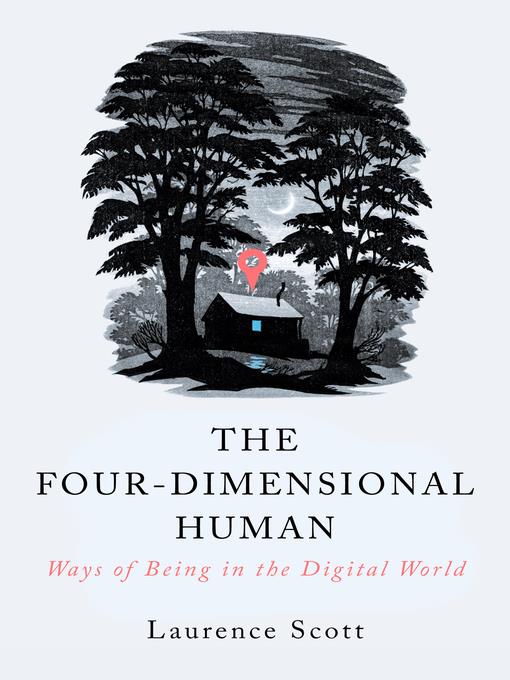
The Four-Dimensional Human
Ways of Being in the Digital World
کتاب های مرتبط
- اطلاعات
- نقد و بررسی
- دیدگاه کاربران
نقد و بررسی

June 13, 2016
Scott, an essayist and critic, offers a rich phenomenology of living in the digital age and its radical reshaping of fundamental human experiences. Based on the premise that “a culture reveals much about itself by the metaphors it uses,” Scott sees in the early Internet—conceptualized by denizens as a “mode of transportation” for anonymous, disembodied selves—a parallel to the late-Victorian fascination with “the fourth dimension,” popularly understood as “a space into which one might travel, a world that could be reached if only the right conduit or portal could be found.” But when the “civic and commercial conservatism” of late capitalism “fuses with the true radicalism of digital life,” the result is our current claustrophobia. Scott sketches the artistic, political, and environmental corollaries to show how “digital life is inherently suited to a language of the macabre and the monstrous.” His keen attention to our digital diction is at its best in a brilliant analysis of our tendency to tag variegated online browsing as kinds of porn. Unlike many literary grumps, Scott writes eruditely from an embedded perspective shared by anyone who has ever settled an argument with a quick search of IMDb. Greek mythology and Dorian Gray come into play, not as fearful salvos against imagined hordes of digital barbarians, but rather used alongside pop culture as living artifacts whose interpretive value is up to the task of better understanding our lives now. Scott’s sharp eye for irony and great wit make this debut a lively contribution to the conversation about the effects of the Internet on society.

June 15, 2016
Is Airbnb the beginning of our end? Perhaps not, but, as this elegant meditation explores, it's just one more sign of our sterile, disembodied times.British social critic Scott's (English and Creative Writing/Arcadia Univ.) essay on the disembodiment and dislocation that come with technology has promise, at first, of being a kind of manifesto of the sort Jaron Lanier might issue, but it soon settles into a coolly McLuhan-esque treatise, rich in reference to the likes of Virginia Woolf and Walter Benjamin, on our dematerialized condition. Whereas Lanier, for instance, might take an alarmed view of the political implications of a world in which "the moments of our lives audition for digitization," Scott is more inclined to the existential and philosophical: we are both anonymous and exhaustively identified, seen and unseen, physical and virtual, isolated and connected, and, thanks to social media, everywhere at once. It is this last truth that lends credence to Scott's fruitful notion that we are all suddenly four-dimensional beings who can escape the ordinary laws of physics that bound us to time and place: "Where do our bodies begin and end in a networked world?" The answer is a little scary: at least the images that Scott conjures of the 1950s sci-fi denizen known as 4D Man suggest that our newfound "ability to slip through solid objects" may not be altogether a good thing. On the other hand, it may not be bad, either. As Scott writes, the novelist A.S. Byatt has observed that even though modern passers-by seem to have their eyeballs glued to their phones, "overall they seem happier than strangers did in her earlier years." Happier, perhaps, but certainly more tired, endlessly working to serve our technology. And more alike as well: Scott quotes Zadie Smith as noting that social media "can enforce uniformity," shouting us down into a kind of digital sameness that, he adds, "inevitably entails a constricting of personality." More Adorno than Negroponte but of interest to students of contemporary first-world culture.
COPYRIGHT(2016) Kirkus Reviews, ALL RIGHTS RESERVED.

























دیدگاه کاربران